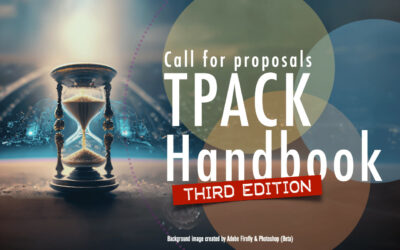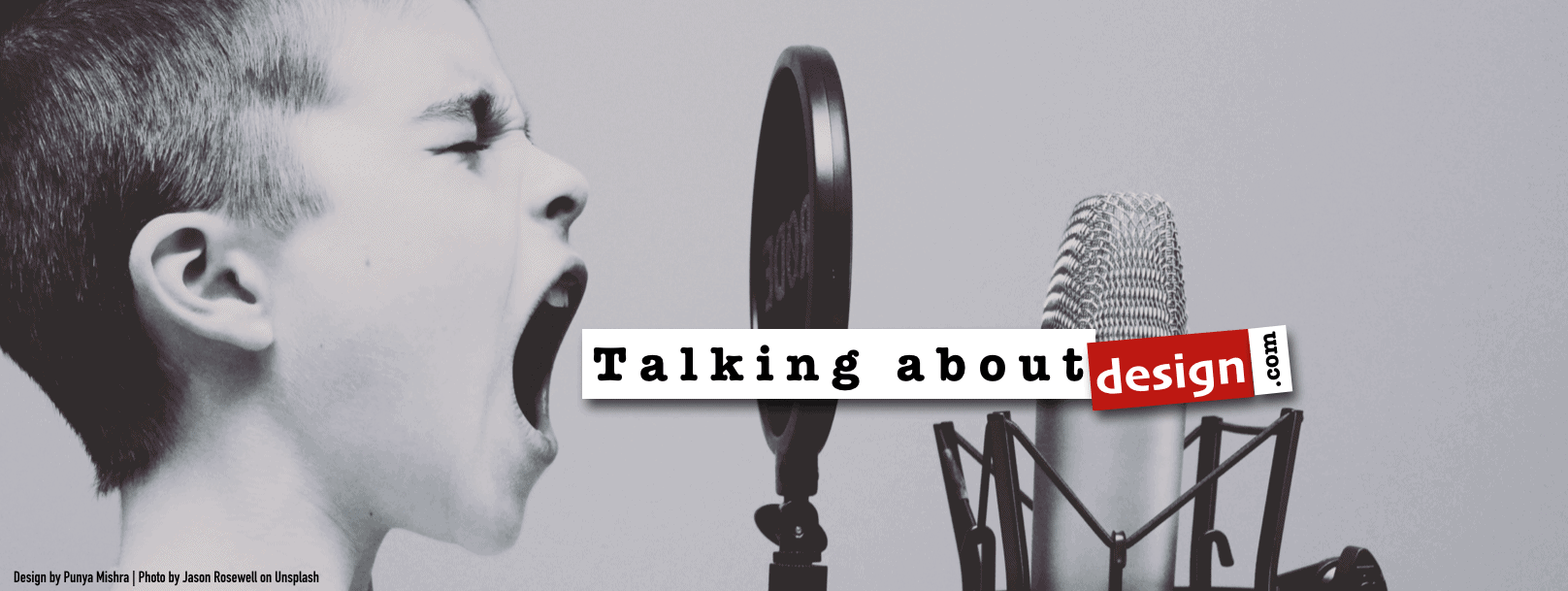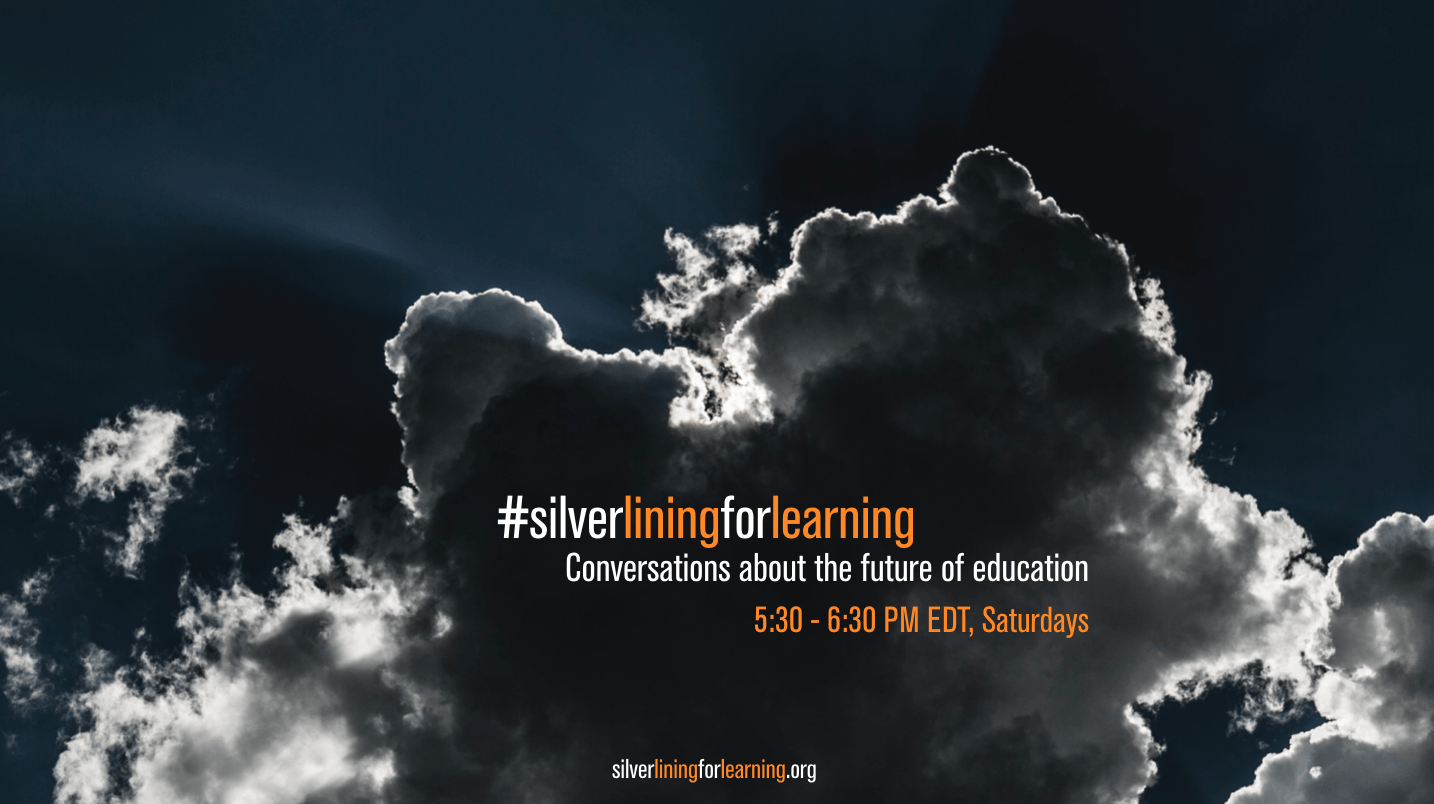Russ Goerend over at Learning is Life has initiated a fascinating discussion on the TPACK framework on his blog. It all revolves around a blog post he titled The force is strong with the shiny one. I shall not seek to summarize the discussion here (please go read it for yourself) but there are a couple of things he wrote that connected with me and that I would like to comment on. He wrote:
When I think of the TPACK diagram, I picture horseshoe magnets on the outside of each circle, pointed into the middle. Those magnets are what keep the quality teacher balanced in the center, each magnet pulling and building a feeling of equilibrium. This is obviously best-case scenario.
He describes the evolving knowledge of the teacher as (and I love this phrase) Journey to the Center of the Venn. As Matt Koehler and I have written earlier, we see all good teachers as sitting right in the middle of the three intersecting circles. Elsewhere we had written:
Clearly, separating the three components (content, pedagogy and technology) in our model is an analytic act and one that is difficult to tease out in practice. In actuality these components exist in a state of dynamic equilibrium, or as the philosopher Kuhn (1977) said in a different context, in a state of “essential tension.” (This is in our original TC Record article that introduced the TPACK construct, though it was then called TPCK. I am sure we have written about this elsewhere as well, but I am being a bit lazy here.)
It seems to me that this idea of “essential tension” is exactly the point that Russ is making with his magnet analogy (which actually may be more user-friendly, so I might actually steal it for future use). Every teacher, we would argue, is pulled in different directions by the imperatives of the technology, of the content, and the pedagogy. The trick (and this where design comes in, this is where creativity comes in) is finding the right balance between the three.
The other question that Russ raises is how do teachers get to the Center of the Venn. He describes that most people get there through the technology – and that can be problematic since “that magnet” is extremely powerful. Over the past few years I have had the opportunity to present the TPACK framework to many different audiences and I have always found their responses extremely interesting.
To the technologists, the lack of emphasis on the transformative possibilities of technology is troublesome. Other audiences, say traditional educational psychologists, take us to task for giving Technology too much prominence. For them it is all about the Pedagogy (or instructional design)! Technology is in essence a pipe (or a dump-truck) and Content is irrelevant, since with the “right” pedagogical strategies one can teach anything. Content experts, on the other hand, are concerned by the fact that we are emphasizing P and (or) T over Content, or, at the very least, giving these three knowledge areas equal value. In their frame, disciplinary knowledge is all there is – the rest is just methods for getting information from one location (my head, a textbook) to another (students head). Teacher educators often get the PCK part (Shulman’s work has been around a while), they are, however, somewhat suspicious of these new technologies, it all seems too new and untested. Interactions with these different perspectives leaves me with a deeper understanding of how our professions or training frame our worldviews as well as a richer conceptualization of the framework as well.
The larger point I am trying to make here (in response to Russ’ question) is that it doesn’t really matter where we come from, content, technology or pedagogy – at the end of the day we have to end up at the Center of the Venn Diagram. So in some sense everybody’s Journey to the Center will be somewhat different.
Just a side note: Some of my posting above is cribbed from a discussion I participated in on Classroom 2.0. Incidentally this discussion was initiated by Matt Townsley (who turns out to be Russ’ brother-in-law!). What a small world we live in 🙂





0 Comments
Trackbacks/Pingbacks